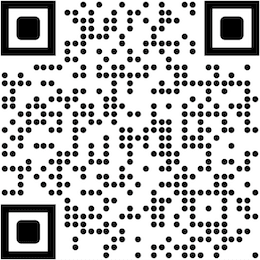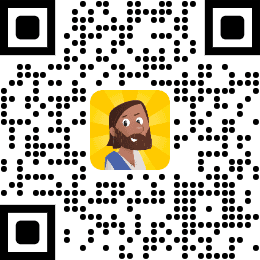Old Persian Translation (PTG)
The Persian/Farsi translation of the Bible called ‘Old Persian Translation’ is the result of different people’s work in the early 19th century. In 1812, Henry Martyn with the help of Mirza Seyed Alikhane translated the New Testament from Greek and Psalms from Hebrew into Farsi in Shiraz/Iran. This translation was published years later. In 1845, William Glen and Mirza Mohammad Jafar Shirazi finished translating the entire Old Testament from Hebrew into Farsi and published it. In 1846, the entire Farsi Bible translated by Martin and Glen was published. Years later this translation was in need of some revision. Therefore, Robert Bruce with the help of an Armenian called Karapet Ohaness from Jolfa/Iran and some other people spent 20 years and revised this translation completely. The result of their work was published in 1895 and has been used up to this day.
This translation has been very popular among the literary as well as the clergy and lay people and has gained a lot of favour among Iranians. It was published, for a century, with the same old Farsi typeset during which time not only the Farsi language has gone through a lot of changes but also the punctuation and typesetting have been developed a lot which help with rendering the meaning of the text much better and more accurately.
In 1995 Elam Ministries undertook an improved version of this translation. In the new version of the old translation not only the old punctuations have been revised but also the new Farsi writing style has also been applied in order to render a better and more readable edition. Also, diacritics have been added to the words wherever necessary to make it easier for people to read them. All chapters have been divided into paragraphs in order to help the readers follow the argument of the text. Headings also have been applied to the necessary sections in order to help the readers gain an overall idea of the text they are about to read. Cross-references have been added to the footnote area and a glossary of the difficult old words with their contemporary meaning has been added to the end of the book.
A point needs to be clarified at the end. Some of the Old Testament names like Nebuchadnezzar or Jouram can also be read differently i.e. nebuchadrazar or Yehoram. In some famous translations also there are references to these nuances in the footnote area.
We pray that readers of this translation would be enriched by its eternal blessings.



